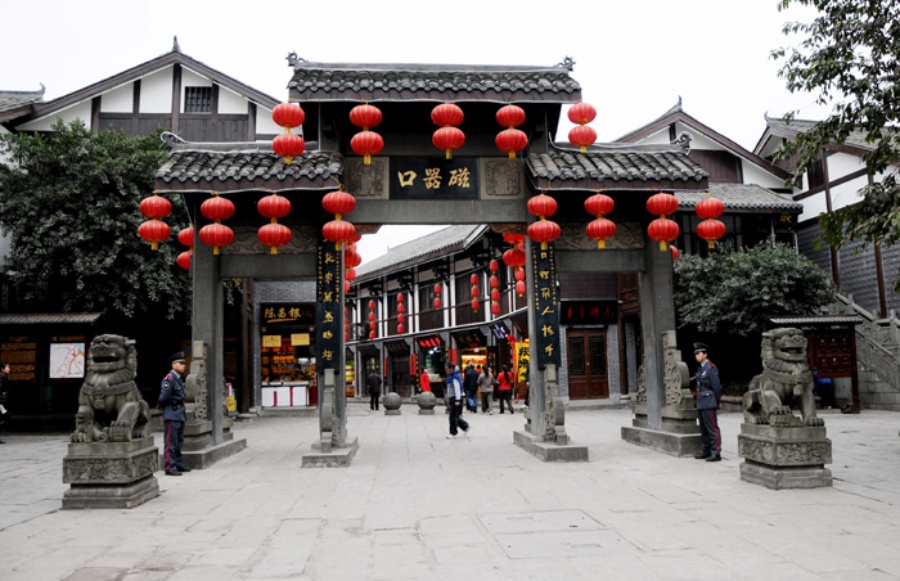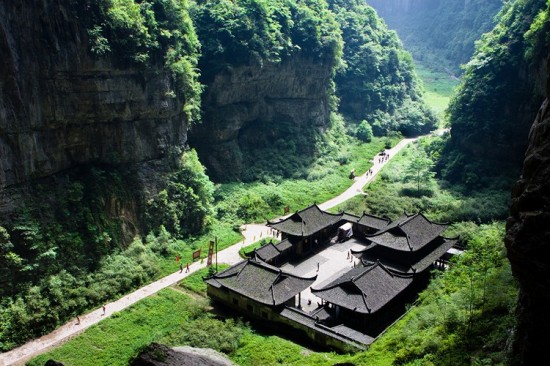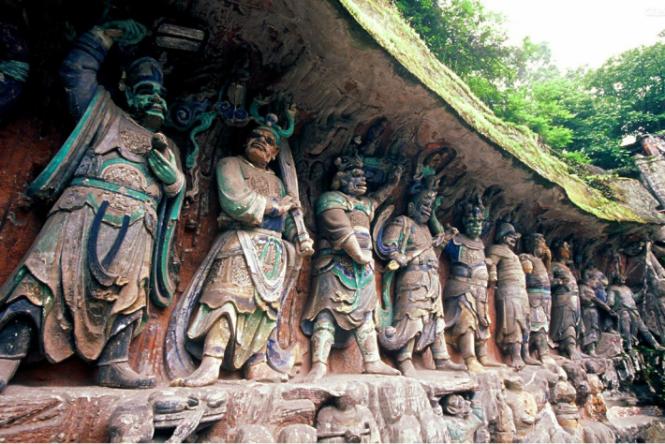Chongqing

-
Chongqing is the largest municipality in southwest China. It is a modern port city on the upper reaches of the Yangtze River at the confluence of the Yangtze and Jialing Rivers. As the provisional Capital of China for almost ten years, the city was also known as one of the three headquarters of the Allies during World War II, as well as being a strategic center of many other wars throughout China's history. Chongqing has many historic war-time buildings or sites, some of which have since been destroyed. These sites include the People's Liberation Monument, located in the center of Chongqing city. It used to be the highest building in the area, but is now surrounded and dwarfed by numerous shopping centers.
1. Ciqikou
Ciqikou is an ancient town in Chongqing Municipality . The name of the town can be traced back to porcelain production during the Ming and Qing Dynasties. Formerly a busy port located at the lower reaches of the Jialing River, a thousand years after its foundation the town remains a symbol and microcosm of old Chongqing. Travelers to Chongqing and locals alike throng to Ciqikou's steep and narrow pedestrian streets. Shops sell porcelain, other handicrafts, and gifts, while restaurants and tea shops give visitors a look at what many areas of Chongqing were like before the metropolis became the vast urban agglomeration it is today. A 1,500-year-old Buddhist temple straddles the mountain in the middle of the old town.

2. Wulong Karst Three Natural Bridges
The Wulong Karst is a karst landscape located within the borders of Wulong County, Chongqing Municipality. It is divided into three areas containing the Three Natural Bridges, the Qingkou Tiankeng and Furong Cave respectively. It is a part of the Wulong Karst National Geology Park as well as part of the South China Karst, a World Heritage Site. It is a rare geological wonder and an eco-tourist's delight. It features three natural karst bridges: Tianlong Bridge, Qinglong Bridge and Heilong Bridge. The three natural karst stone arch bridges, with an average height of over 150 meters, and an average span of over 200 meters, constitute the largest natural bridge cluster in Asia.

3. Dazu Rock Carvings
The Dazu Rock Carvings are a series of Chinese religious sculptures and carvings .The Dazu Rock Carving is a piece of great work of China's grotto art. Listed as a World Heritage Site, the Dazu Rock Carvings are made up of 75 protected sites containing some 50,000 statues, with over 100,000 Chinese characters forming inscriptions and epigraphs. The sites are located in Chongqing Municipality within the steep hillsides throughout Dazu County, located about 60 kilometers west of the urban area of Chongqing. These statues are lifelike and excavated elaborately. The most wonderful statues are several statues of Guan Yin, Wen Shu and Pu Xian. The rock carvings in Baoshishan are rare in the grotto art in China.
